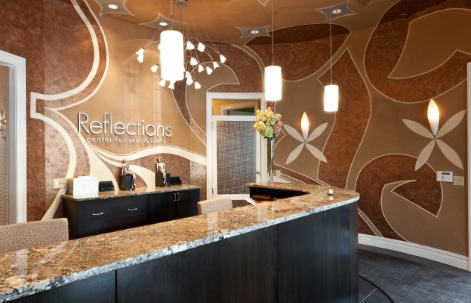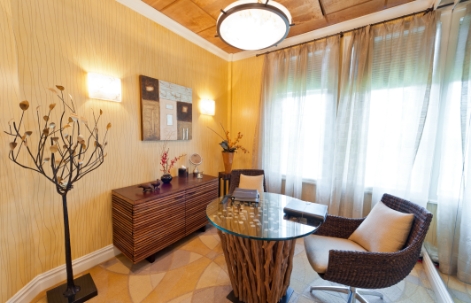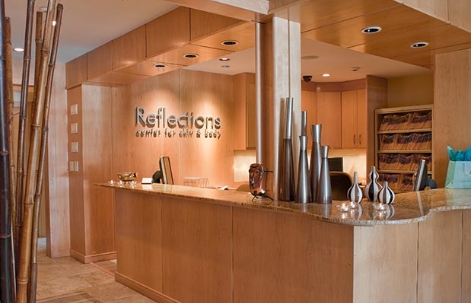The following are some acne treatment options that can be performed in conjunction with laser therapy:
Filler injections
Fillers such as Restylane, Juvederm and Radiesse are substances that can be injected under the skin to “stretch” and “fill out” certain types of superficial and deep soft scars. Filler treatments do not work as well for ice-pick scars. Cosmetic benefits from filler injection usually last about 6 months. They can be performed in conjunction with laser treatments for optimal results. For more information about the various types of dermal fillers and their uses, click here: Dermal fillers.
Autologous fat transfer
Fat is taken from another site on your own body and prepared for injection into your skin. The fat is injected beneath the surface of the skin to elevate depressed scars. This method of autologous (from your own body) fat transfer is usually used to correct deep contour defects caused by scarring from nodulocystic acne. Because some of the fat is reabsorbed into the skin over a period of 6 to 18 months, the procedure usually needs to be repeated.
Dermabrasion
Dermabrasion is a very aggressive option that may have great results under certain circumstances but its use is limited by the significant risks associated with treatment and extensive downtime. Under local anesthetic, a high-speed brush or fraise is used to remove layers of skin and alter the contour of scars. Superficial scars may be removed altogether, and deeper scars may be reduced in depth. Dermabrasion does not work for all kinds of scars; for example, it may make ice-pick scars more noticeable if the scars are wider under the skin than at the surface. Dermabrasion has a significant risk of causing changes in pigmentation that require additional treatment.
Skin Surgery
The use of surgery for the treatment of acne scars is uncommon today. Some ice-pick scars may be removed by “punch” excision of each individual scar. In this procedure each scar is excised down to the layer of subcutaneous fat; the resulting hole in the skin may be repaired with sutures or with a small skin graft. Subcision is a technique in which a surgical probe is used to lift the scar tissue away from unscarred skin, thus elevating a depressed scar. These treatments have varying amounts of success and should be limited to only those scars which are most appropriate. Their use is limited.







